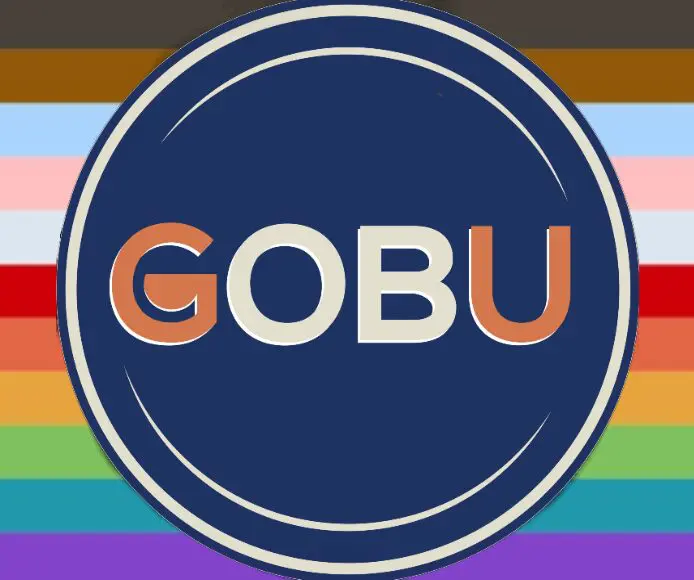What is Workplace Diversity?
Overwhelmingly, job seekers value a diverse workforce as an important factor when considering companies and job offers.
But what do we mean when we talk about diversity and what does that look like at work?
Having a diverse team means that the collaborative working group is made up of individuals who differ from each other. Differences in race, age, and gender are examples of diverse social categories that are easier to spot.
Diversity also encompasses a range of more concealable qualities, including (but not limited to) sexual orientation, disability, religion, culture, and varying political beliefs.
Every individual is made up of a combination of these intersecting social categories. When people talk about intersectionality, they are speaking to the “whole-picture” of these attributes that comes together to make up an individual’s identity.

.
At Gobu Associates, LLC, we help executives hire top quality talent from diverse backgrounds. We consistently include a diverse candidate on every slate hiring, because the diverse talent is out there! But hiring a diverse candidate to “fill a quota” is bad form, and can create animosity and friction within an organization. Trying to approach diversity and inclusion topics with this mindset is counterproductive in finding and nurturing talent.
Many businesses seek out diverse candidates ideally because they understand that a corporate culture prioritizing diversity improves the workplace in terms of satisfaction, reputation, and appeal for job seekers. Plus, diverse teams have proven benefits to achieving corporate goals.
Diverse teams are made up of people with different backgrounds. Employees with different backgrounds can offer varying viewpoints in problem solving and higher levels of creativity, which boosts productivity and performance for everyone.
Still, in spite of all the benefits, leading or being part of a team of people who come from different backgrounds can have its share of challenges. It is important to manage conflict with sensitivity, and ensure that each employee is treated as an individual, while being inclusive and respectful to the attributes that make up the employee’s unique identity.
Managing a successful team involves ensuring each employee feels comfortable with their identities in the workplace enough to share and take part in the group dynamic. The bottom-line benefits of incorporating diverse team members can only take place when employees feel safe to express themselves in their environment.
Many companies on the Fortune 1000 list are adding Diversity and Inclusion (D&I) Officers to their executive leadership to promote an atmosphere of equity. Companies that make D&I a priority will see higher productivity levels, increased motivation, and access to a broader client base, along with a diverse team.
You can read more about our D&I initiatives here and look forward to more articles about how to manage diverse teams and attract diverse candidates to your workforce!
